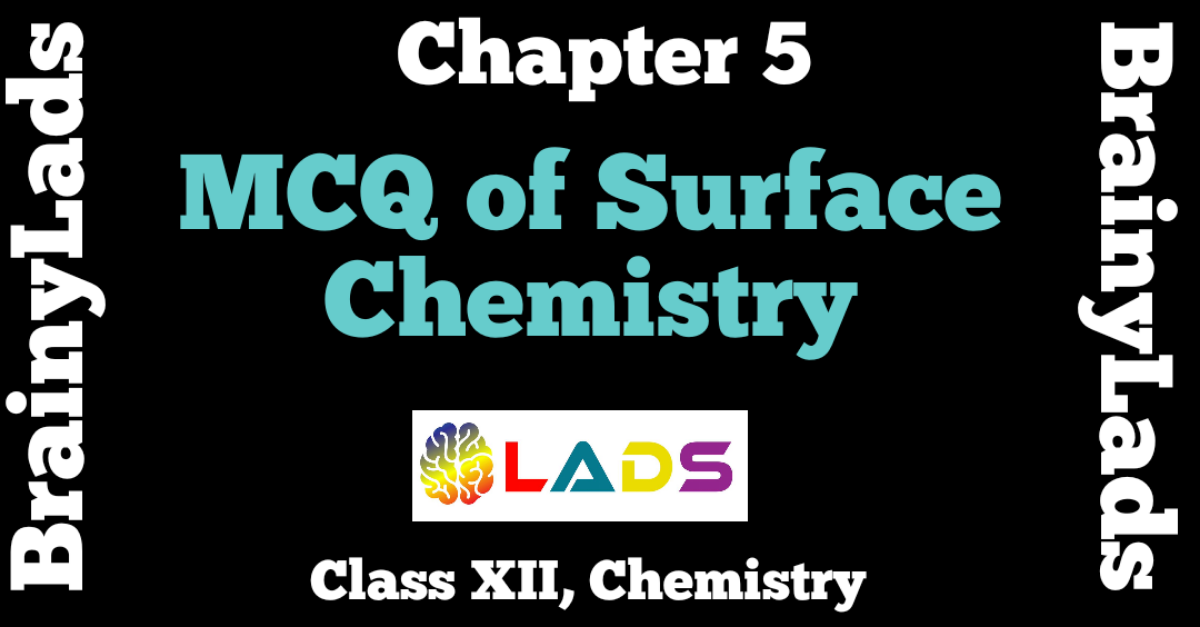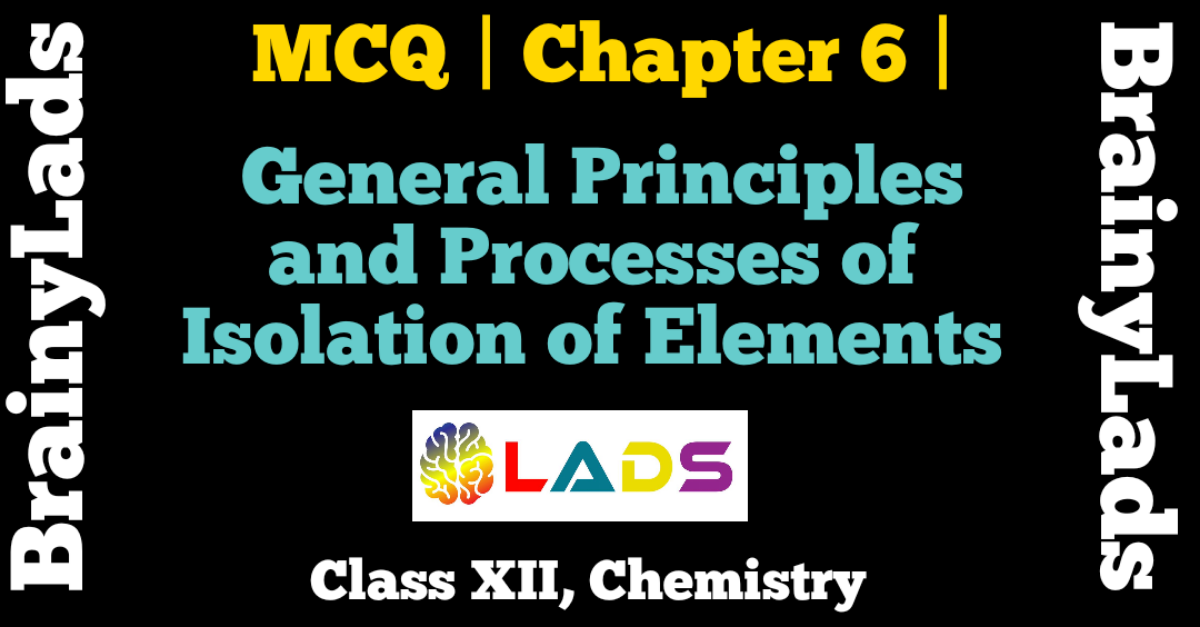MCQ of Alcohols Phenols and Ether | Chapter 11 | Chemistry | Class 12 |
MCQ of Alcohols Phenols and Ether | Multiple Choice Questions
MCQ of Alcohols, Phenols and Ethers
Question 1: Tertiary butyl alcohol can be prepared by the reaction of
- Acetaldehyde and ethyl magnesium iodide
- Acetone and methyl magnesium iodide
- Formaldehyde and propyl magnesium iodide
- Butanone and methyl magnesium iodide
Answer: B (Acetone and methyl magnesium iodide)
Question 2: Propanone on reaction with alkyl magnesium bromide followed by hydrolysis will produce
- Primary alcohol
- Secondary alcohol
- Tertiary alcohol
- Carboxylic acid
Answer: C (Tertiary alcohol)
Question 3: Which of the following is not a characteristic of alcohol?
- They are lighter than water.
- Their boiling point raise fairly uniformly with rising molecular weight.
- Lower members are insoluble in water and organic solvents but the solubility regularly increases with molecular mass.
- Lower members have a pleasant smell and burning taste , higher members are colourless and tasteless.
Answer: C ( Lower members are insoluble in water and organic solvents but the solubility regularly increases with molecular mass )
Question 4: Order of esterification of alcohols is
- 3º > 1º > 2º
- 2º > 3º > 1º
- 1º > 2º > 3º
- None of these
Answer: C ( 1º > 2º > 3º )
Question 5: Vapours of alcohol X when passed over hot reduced copper, produce an alkene, the alcohol is
- Primary alcohol
- Secondary alcohol
- Tertiary alcohol
- Dihydric alcohol
Answer: C (Tertiary alcohol)
Question 6: Phenol when treated with excess of bromine water gives a white precipitate of
- 2,4,6-tribromophenol
- o-bromophenol
- p-bromophenol
- bromobenzene
Answer: A (2,4,6-tribromophenol)
Question 7: Conversion of ethyl alcohol into acetaldehyde is an example of
- Hydrolysis
- Oxidation
- Reduction
- Molecular rearrangement
Answer: B (Oxidation)
Question 8: The reaction between phenol and chloroform in presence of aqueous NaOH is
- Nucleophilic substitution reaction
- Electrophilic addition reaction
- Electrophilic substitution reaction
- Nucleophilic addition reaction
Answer: C ( Electrophilic substitution reaction )
Question 9: Which of the following statement is correct?
- The reaction of methyl magnesium iodide with acetone followed by hydrolysis gives secondary butanol
- Primary alcohols are dehydrated easily than secondary and tertiary alcohols
- Tertiary alcohol is more acidic than primary alcohol
- Tertiary butyl alcohol gives turbidity fastest with Lucas reagent.
Answer: D ( Tertiary butyl alcohol gives turbidity fastest with Lucas reagent)
You may also read MCQ of The Solid State, MCQ of Solutions, MCQ of Electrochemistry, MCQ of Chemical Kinetics, MCQ of Surface Chemistry, MCQ of General Principles and Processed of Isolation of Elements, MCQ of the p-Block Elements, MCQ of the d-And f-Block Elements, MCQ of Coordination Compounds, MCQ of Haloalkanes and Haloarenes, MCQ of Alcohols, Phenols and Ether, MCQ of Aldehydes, Ketones and Carboxylic Acids, MCQ of Amines, MCQ of Biomolecules, MCQ of Polymers, MCQ of Chemistry in Everyday Life
Question 10: Ethers have lower boiling points than corresponding isomeric alcohol because of
- Hydrogen bonding in alcohols that is absent in ethers due to lower polarity
- Hydrogen bonding in ethers due to high polarity
- Insolubility of ethers in water due to less polarity
- Inertness of ethers as compared to alcohols
Answer: A ( Hydrogen bonding in alcohols that is absent in ethers due to lower polarity )
Question 11: Phenol is less acidic than
- Ethanol
- o-Nitrophenol
- o-Methylphenol
- o-Methoxyphenol
Answer: B (o-nitrophenol)
Question 12: Which of the following is most acidic?
- Benzyl alcohol
- Cyclohexanol
- Phenol
- m-Chlorophenol
Answer: D (m-Chlorophenol)
Question 13: Boiling point of ethyl alcohol is greater than ether due to
- Van der Waals forces
- London forces
- Polarity
- Hydrogen bonding
Answer: D (Hydrogen bonding)
Question 14: An ether is more volatile than alcohol having the same molecular mass. This is due to
- Intermolecular hydrogen bonding in alcohols
- Dipolar character of ethers
- Alcohol having resonance structures
- Intermolecular hydrogen bonding in ethers
Answer: A (Intermolecular hydrogen bonding in alcohols)
Question 15: When ethanol is heated with HI and red phosphorous, it gives
- Ethyl iodide
- Ethane
- Ethylene
- Ether
Answer: B (Ethane)
Question 16: The reaction of Lucas reagent is fast with
- Ethanol
- Methanol
- 2-Propanol
- 2-Methyl-2-propanol
Answer: D (2-Methyl-2-propanol)
Question 17: The process of converting alkyl halides into alcohols involves
- Addition reaction
- Substitution reaction
- Dehydrohalogenation reaction
- Rearrangement reaction
Answer: B (Substitution reaction)
Question 18: Picric acid is a yellow coloured compound. Its chemical name is
- m-nitrobenzoic acid
- 2,4,6-trinitrophenol
- 2,4,6-tribromophenol
- p-nitrophenol
Answer: B (2,4,6-trinitrophenol)
Question 19: The C—O—H bond angles in alcohols is slightly less than the tetrahedral angle whereas the C—O—C bond angle in ether is slightly greater because
- Of repulsion between the two bulky R groups
- O atom in both alcohols and ethers is sp3- hybridised
- Lone pair-lone pair repulsion is greater than bond pair – bond pair repulsion
- None of these
Answer: A (Of repulsion between the two bulky R groups)
Question 20: The best method to prepare 3-methylbutan-2-ol from 3-methylbut-1-ene is
- Addition of water in dilute H2SO4
- Addition of HCl followed by reaction with dil. NaOH
- Hydroboration oxidation reaction
- Riemer Tiemann reaction
Answer: A(Addition of water in dilute H2SO4 )
Do share the post if you liked it. For more updates, keep logging on BrainyLads


